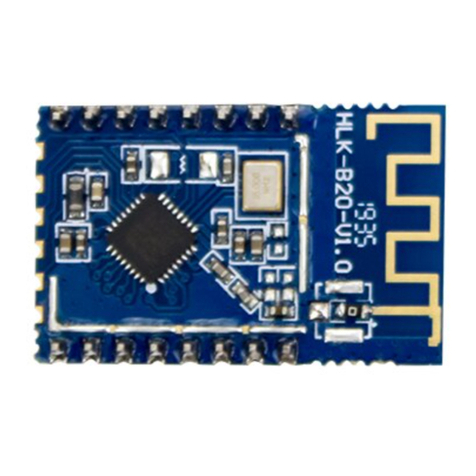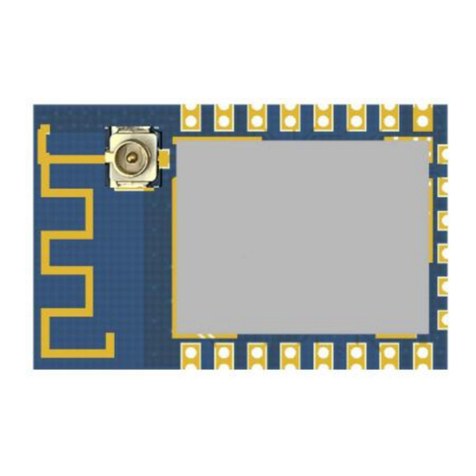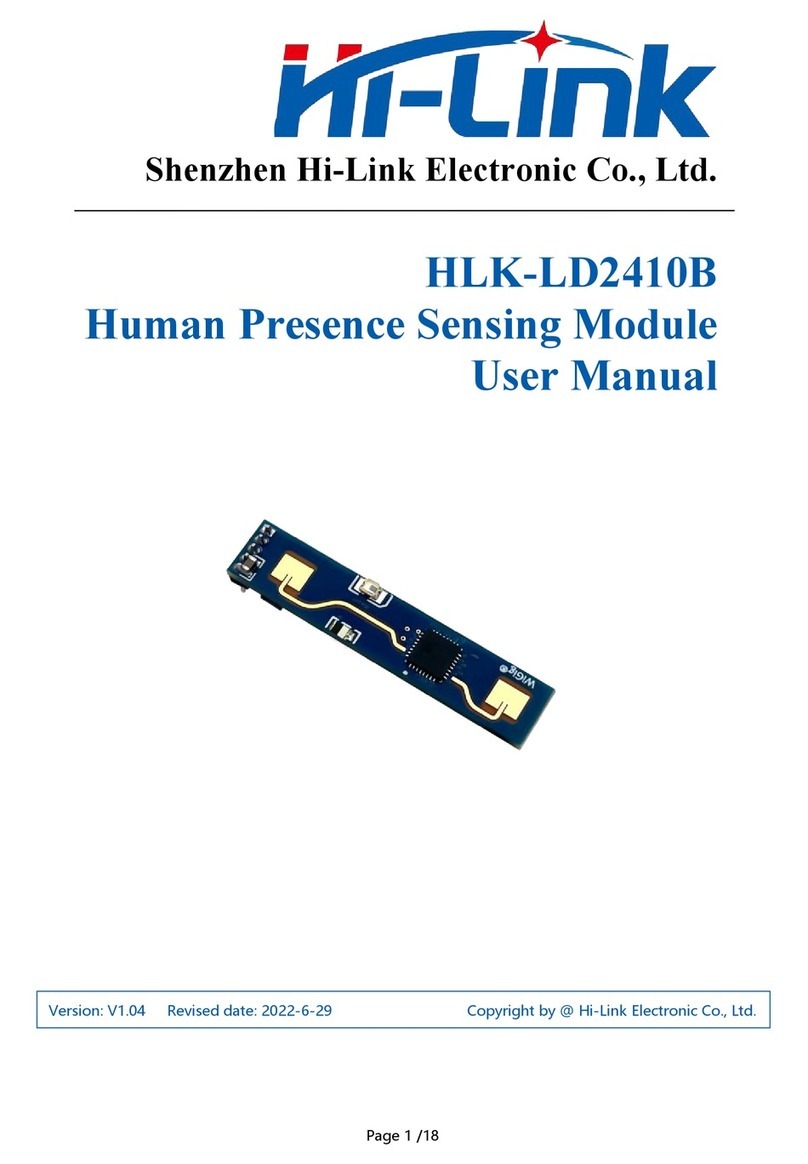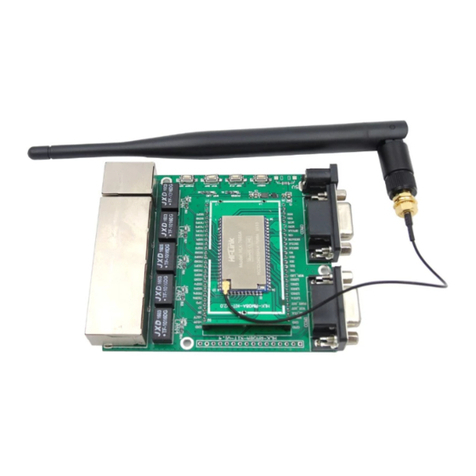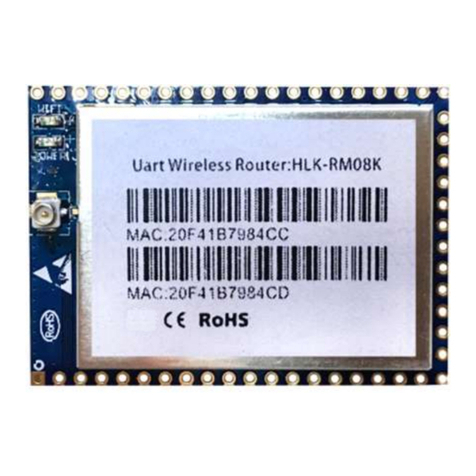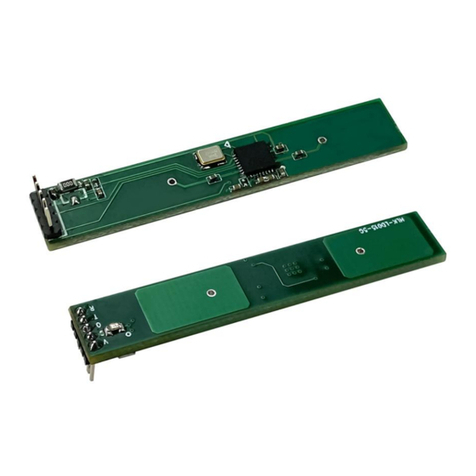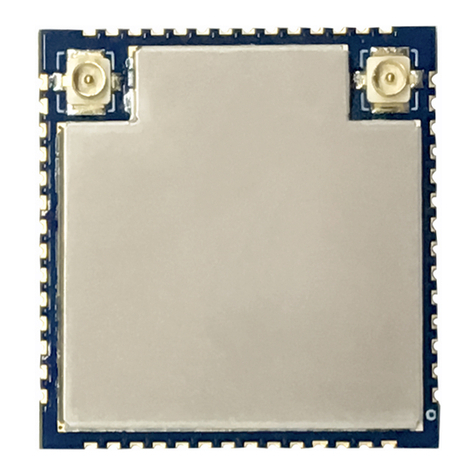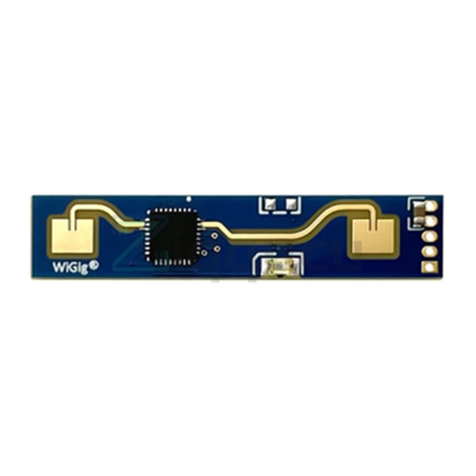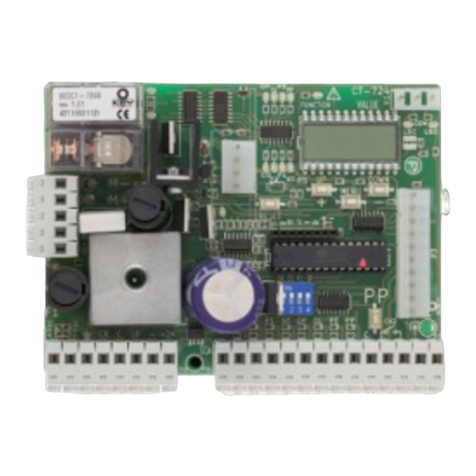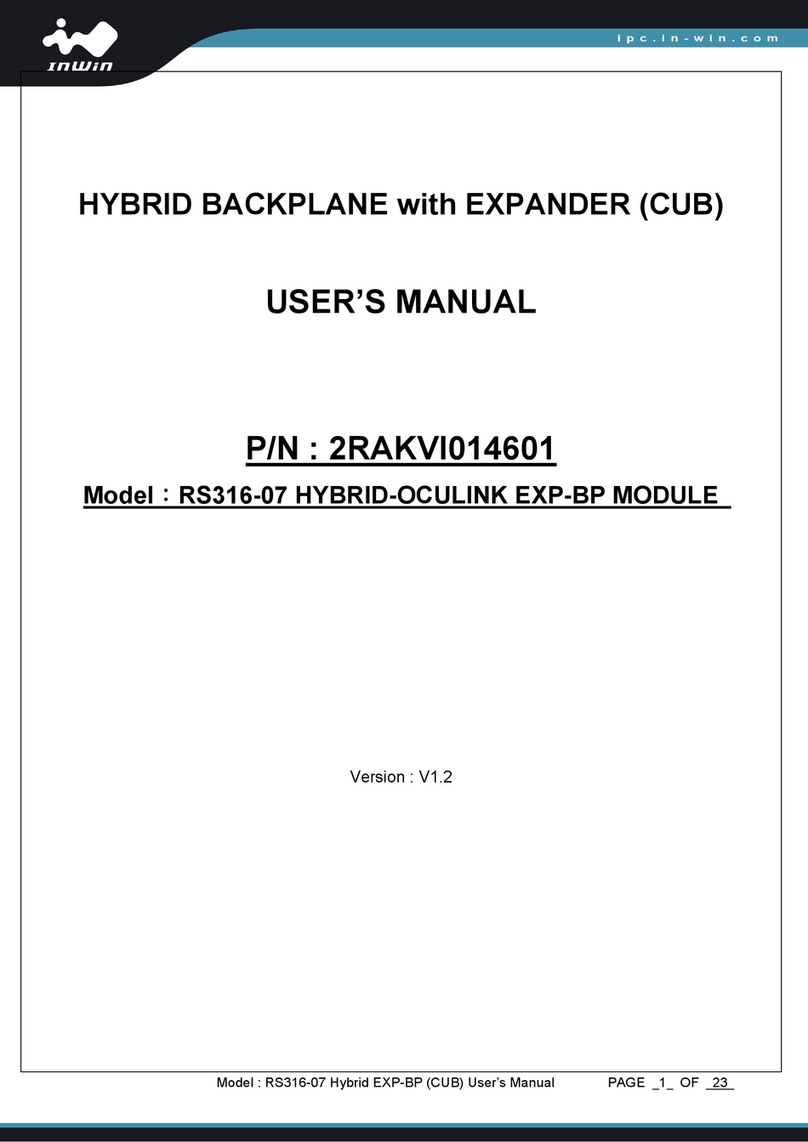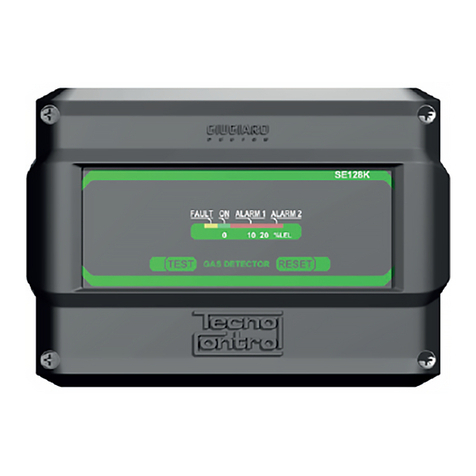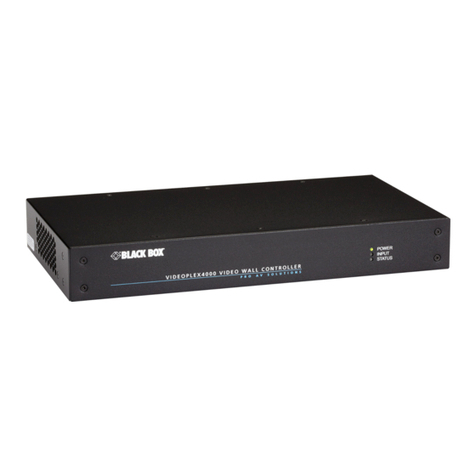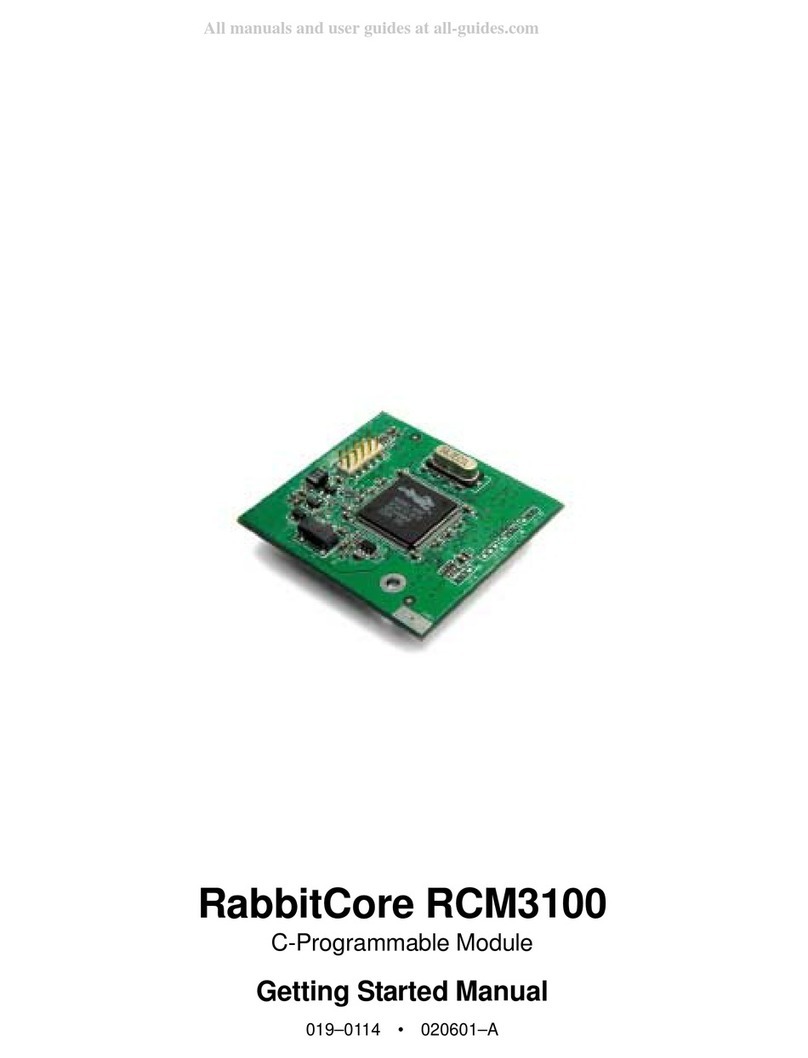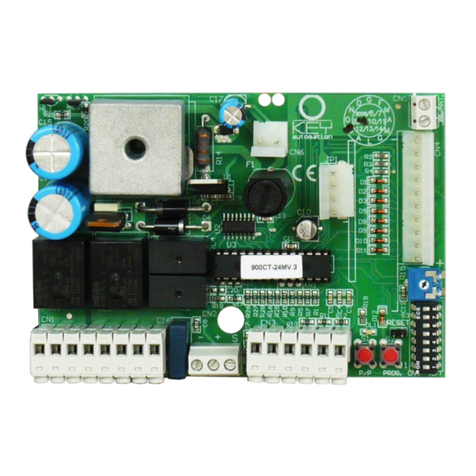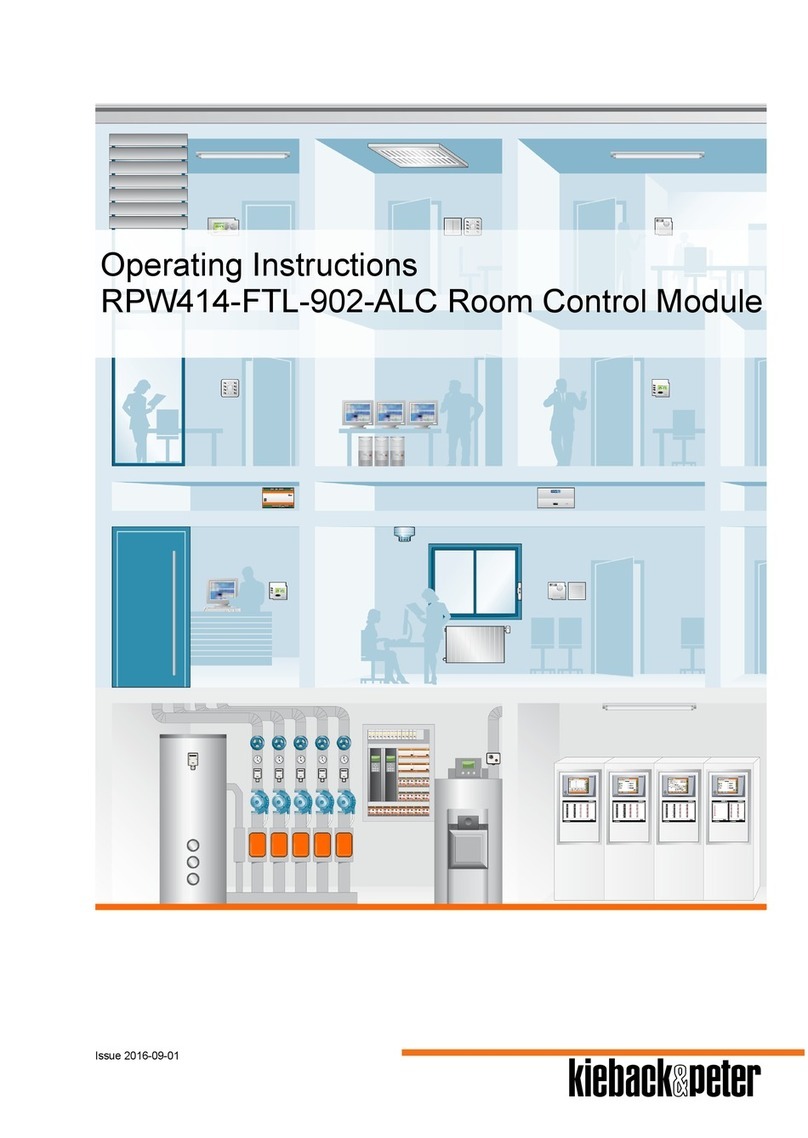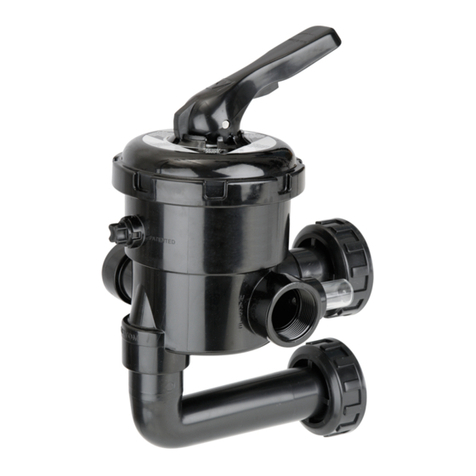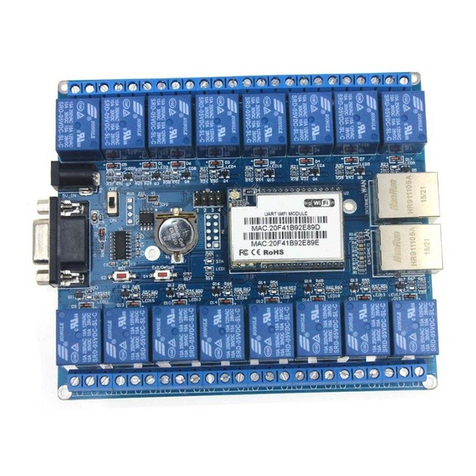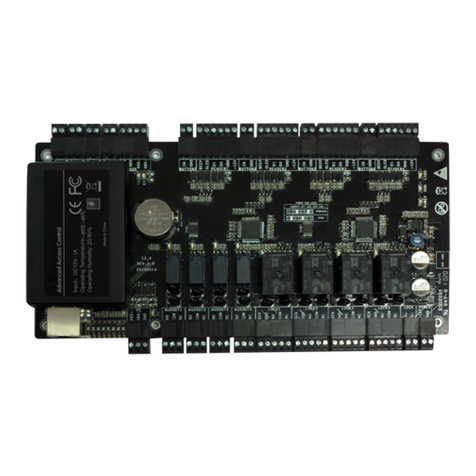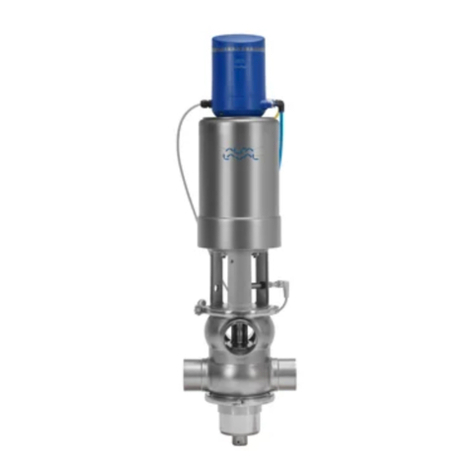
3.2. Local port operation:at+CLport.................................................................................. 15
3.3. Set up the serial port:at+uart......................................................................................... 15
3.4. Set DHCP:at+dhcpc...................................................................................................... 15
3.5. Set wifi connection mode:at+netmode................................................................... 16
3.6. Set tcp connection mode:at+mode................................................................................ 16
3.7. Set the remote IP when the module is used as a client:at+remoteip............................. 16
3.8. Set the remote port when the module is used as a client:at+remoteport....................... 17
3.9. Set parameter submission:at+net_commit.................................................................... 17
3.10. System restart/exit at command mode:at+reconn....................................................... 17
3.11. Set the ssid and password of the module:at+wifi_conf............................................... 18
3.12. Set the socket connection protocol:at+remotepro....................................................... 18
3.13. Set network connection parameters:at+net_ip......................................................... 18
3.14. Query STA mode network connection status:at+wifi_ConState.............................. 19
3.15. Query module MAC address:at+Get_MAC................................................................19
3.16. Set the framing length:at+uartpacklen..................................................................... 19
3.17. Set framing time:at+uartpacktimeout.......................................................................20
3.18. Set Bluetooth name:at+ble_name.............................................................................20
4. AT command control code routine........................................................................................... 20
4.1. Query configuration information...................................................................................20
4.2. Serial port to wifi client (static ip address)....................................................................22
4.3. Serial port to wifi server (dynamic ip address)............................................................. 23
4.4. Reset.............................................................................................................................. 24
4.5. Configuration software instructions.............................................................................. 25
5. Restore factory settings method............................................................................................... 26
6. Bluetooth data transparent transmission...................................................................................26
7. Bluetooth distribution network.................................................................................................27
8. Electrical characteristics...........................................................................................................28
8.1. Electrical parameters.................................................................................................28
8.2. Current waveform...................................................................................................... 29
8.2.1. AP mode............................................................................................................. 29




















